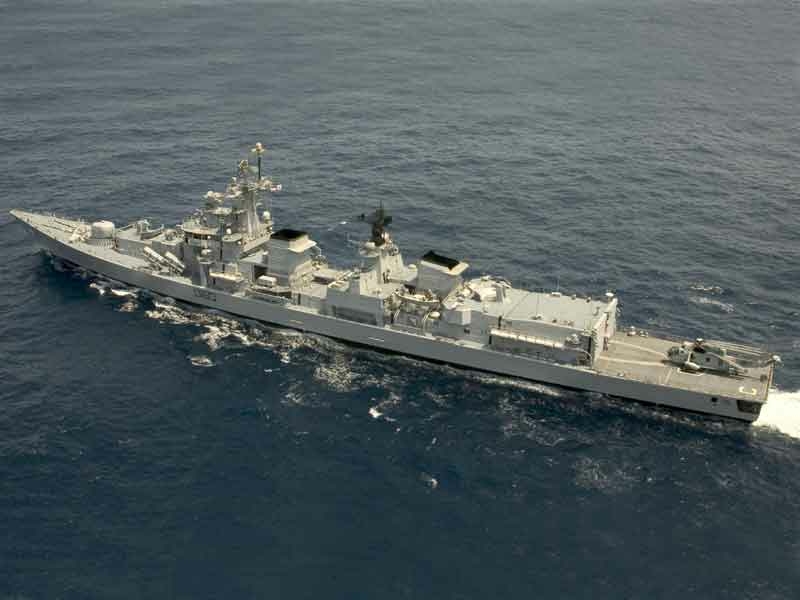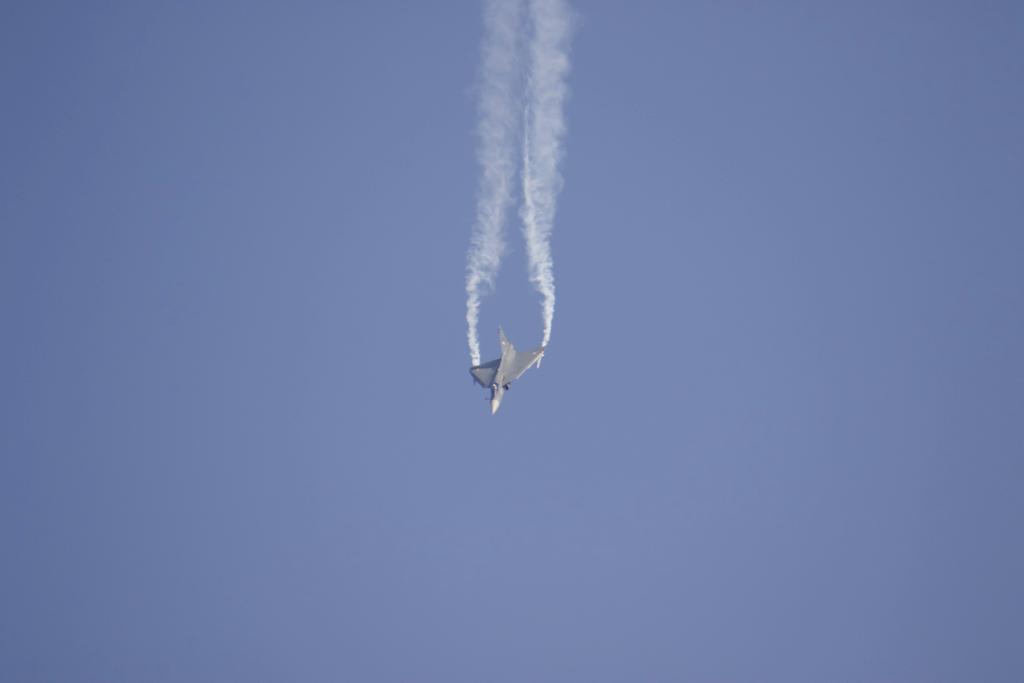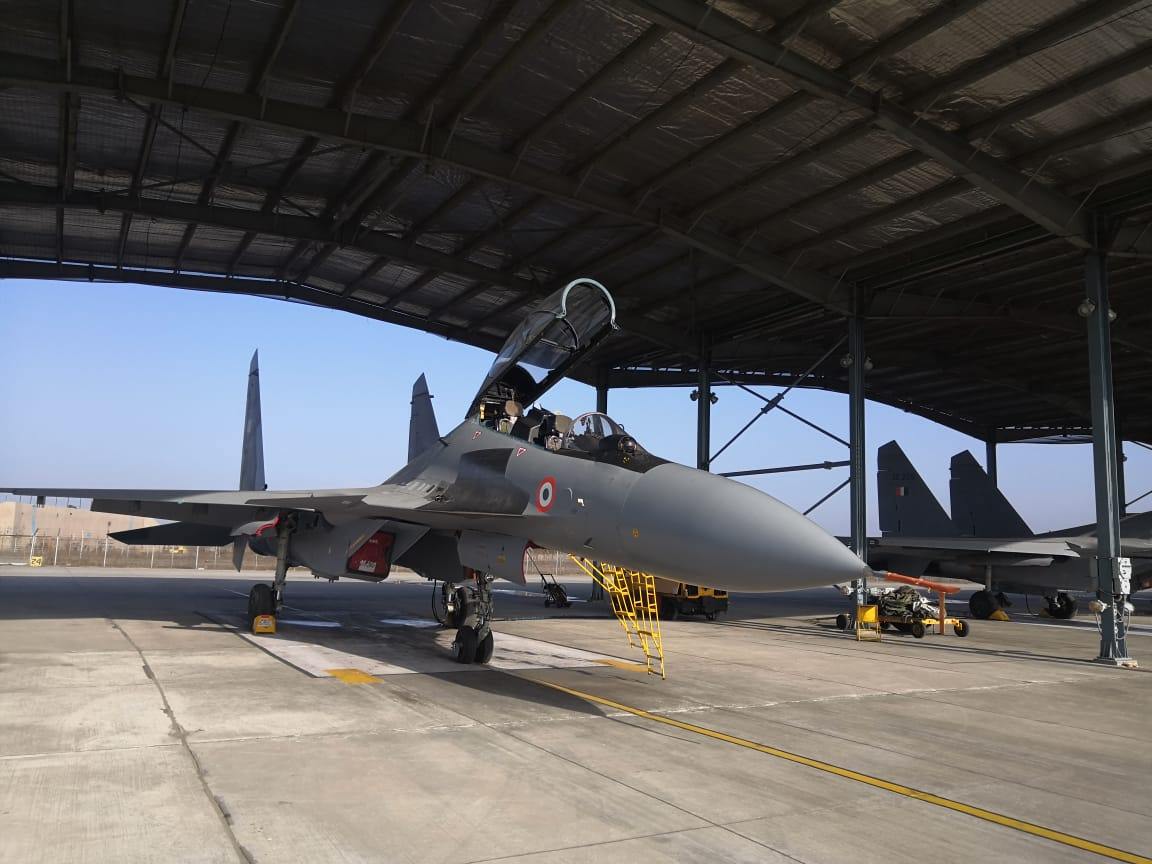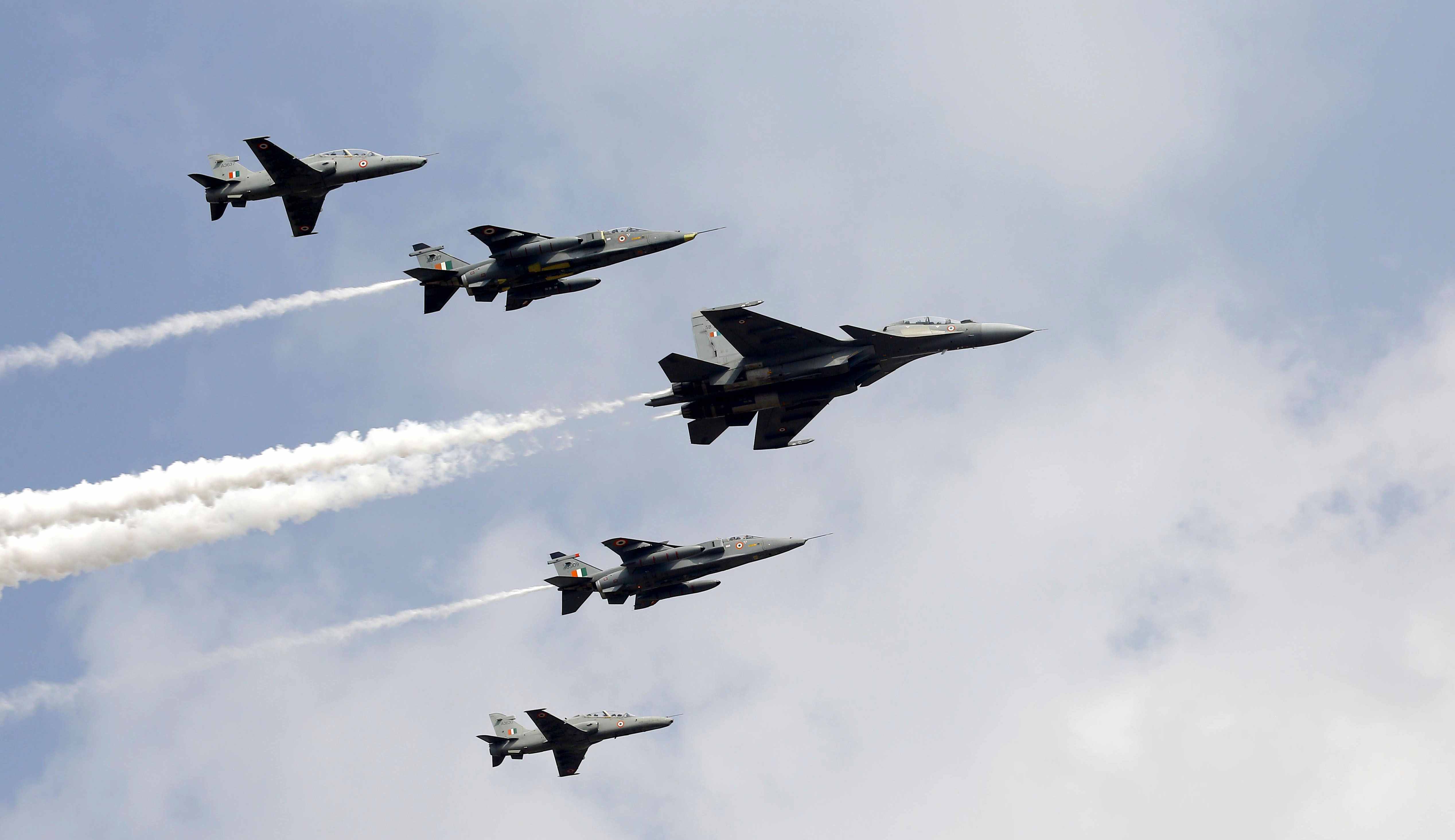INS Mysore
SlideShow | ThumbnailsWe faced an interesting challenge in the integration of Variable Depth Sonar (VDS). Our initial calculations showed that the VDS could be used up to sea state 4. We were keen to push it up to sea state 5, at par with the other weapons on board. Considerable time was spent in thinking of how to do this. We also studied the stern design of the Rajput class where we found a very complex diamond shape on the bottom of the stern. We could not figure out how it had been done and whether or not it had any relation with the operation of VDS. So we devised our own simple method of increasing the stability of the VDS by providing a mini cut-up just below the VDS gear. Even though it looked very simple, it was difficult to implement the scheme structurally. When we were doing model tests at SSPA, we devised a test procedure to model this phenomenon and then confirmed that it was really possible to operate the VDS in sea state 5. When Project 15 was on the drawing board, there were several other projects including Project 25 corvettes, the Landing Ship Tank, the Cadet Training Ship etc. at various stages of design. The Submarine Design Group was also being set up and required a large number of Naval architects to be deputed for training. This affected the availability of suitable Naval architects for Project 15. Lieutenant Commander Sainath (Later Commander Sainath) and Lieutenant Commander Ram Mohan (now Commander) joined the team in 1985/86 on return from training in Russia, but by then the basic design had already been completed. Commander Sequeira (now Commodore) also joined in late 1985 and made significant contributions in detailing the design. Crucial decisions taken and leadership provided by certain individuals went a long way in ensuring the success of the Project 15 design. In the early 1980s, when the search for weapons was on, the pragmatic approach of JDNP Captain (later Vice Admiral) RB Suri and JDCPT Captain (later Rear Admiral) RB Vohra in recommending acceptance of the Soviet integrated weapon and Gas Turbine propulsion packages was crucial to the project, despite opposition from certain quarters. Embarking on a design of such complexity without even a discussion was an equally bold decision reflecting the confidence reposed by the Naval Staff in their ship designers. Internally, the DGND Captain KK Lohana and Rear Admiral Damodaran gave tremendous support and freedom to the design team to take technical decisions. They were always there when the design team required them. But for the break-up of the Soviet Union and the delays in the arrival of contracted weapon and propulsion packages, the first ship of Project 15 would have commissioned (INS Delhi) in 1997, Mysore in 1999 and Mumbai in 2001. ———————– Vice Admiral GM Hiranandani in Transition to Eminence ———————–








Your comment gives away your fear. There is no need to visit an Indian website and comment to show off your superiority unless it is an inferiority complex making you do so. Never mind, the Indian Navy does not need ships when Karach/Gwadar is within flying range of aircrafts. Can’t say the same about Pakistan though. The Easter Coast is a vast coastline safe from enemy aircrafts.